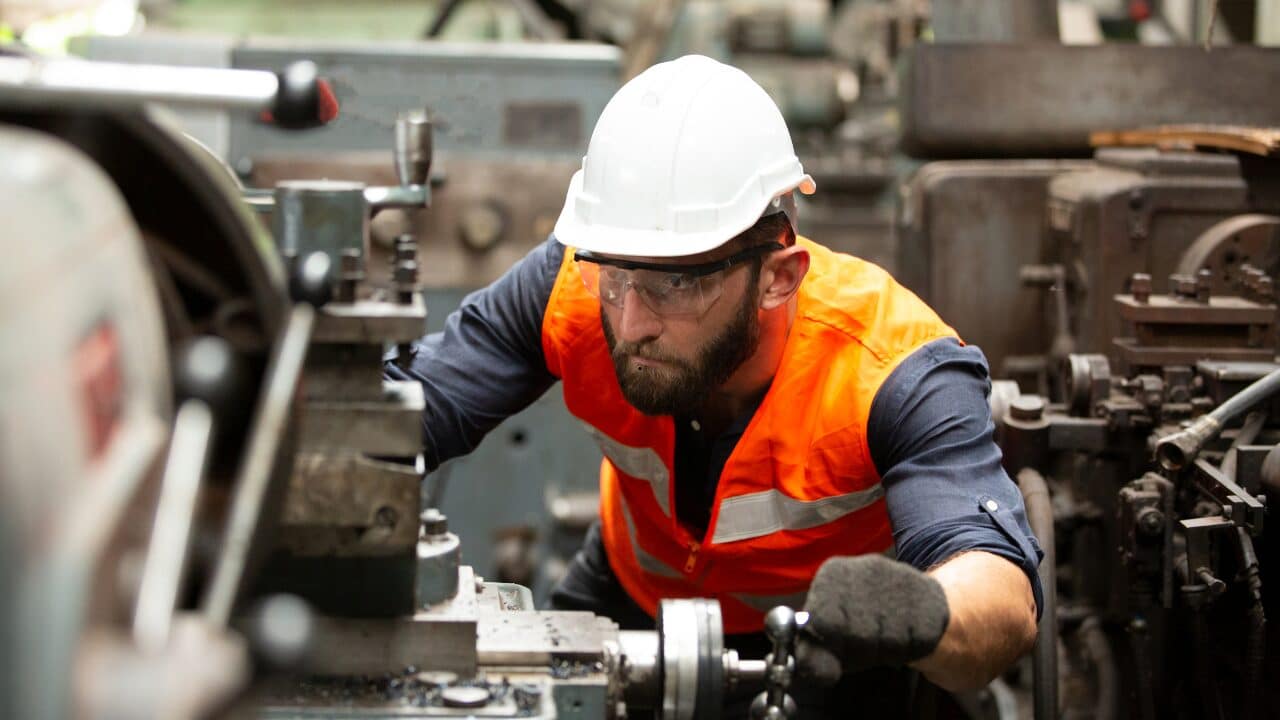The use of main components that can withstand the force of the industrial manufacturing process is probably one of the most crucial issues.
These components are the primary fabric of manufacturing processes meant to keep equipment and tools running smoothly, safely, and with very little downtime.
In industries where precision and reliability are the cornerstones, the choice of the right sets of materials and parts makes a great deal in productivity and profitability points.
Table of Contents
The Role of Continuous Hinges in Industrial Applications
One such component that plays a crucial role in industrial settings is the continuous hinge. Continuous hinges, also known as piano hinges, are long, sturdy hinges that run the entire length of a door or panel.
Unlike regular hinges that are placed at intervals, continuous hinges distribute weight evenly across the length of the structure they support, which reduces stress points and extends the lifespan of the door or panel.
It is applied in heavy-duty circuits in which doors or panels are repeatedly opened and closed like in electrical enclosures, machinery guards, and industrial cabinets. The fact that continuous hinges have a long life ensures that these intensive-use applications are up and running longer thus cutting on maintenance and downtime.
Durability in Industrial Manufacturing Mattered
Longevity is important in the components used in the industry for different reasons. To begin with, it has a tangible bearing on the safety of employees and the productivity of work. Long-lasting parts of equipment imply that there will be very low chances of failure leading to accidents of people.
Customers who operate large machinery-intensive production lines understand the disaster that can be caused by the failure of one component when the system is in operation.
Furthermore, since the components are long-lasting, there will be instances where they cut down on downtime. Finally, in manufacturing the saying adage that ‘time is money’ is very true.
The time that a machine spends out of order either due to a breakdown or scheduled maintenance is the time that is lost, meaning lost production and consequently lost revenue. Due to this, manufacturers can minimize the repairs of the components because they have been designed to give a long service before they are considered for replacement.
Material Selection: The Outline of Longevity
The longevity of industrial components starts with the kind of materials to be used. Stainless steel aluminum and brass are preferential metals to be used in the construction of robust parts due to factors such as strength, resistance to corrosion, and durability.
For instance, when it comes to using in aggressive environments then stainless steel continuous hinges have very thin coefficients of rust and corrosion.
In addition to metal, certain plastics and composite materials are also used in manufacturing durable components. These materials offer benefits such as lightweight, flexibility, and resistance to chemicals, making them suitable for specific applications where metal components may not be ideal.
The Long-Term Benefits of Investing in Durable Components
It is well understood that utilizing costly, long-lasting parts has a heavier initial cost than producing cheap parts that would require replacement soon. Based on this, they are produced in a way that they can be used for many years of industrial usage hence cutting down on the costs of frequent replacements.
In addition, they have an impact of increasing the reliability of the manufacturing line resulting in improved output and quality of products.
For instance, worm gear hinges that are made for durability facilitate that doors and panels in an industrial environment are serviceable for years of constant usage.
This reliability is important in ensuring the accuracy as well as prolonging the life of the equipment used and in avoiding any form of damage to the delicate equipment in the processes.
Conclusion
In the known competition of industrial manufacturing scale, several systems’ toughness cannot avoid the debate of emphasis on durable parts.
These include the continuous hinges among other important parts, the idea here is that when high-quality, longer-lasting materials are used throughout the manufacturing process, it means that time, safety, and money are well utilized in the production line. Thus, focusing on durability can bring not only improvements to the manufacturers’ performance but also create a competitive advantage in the market.





